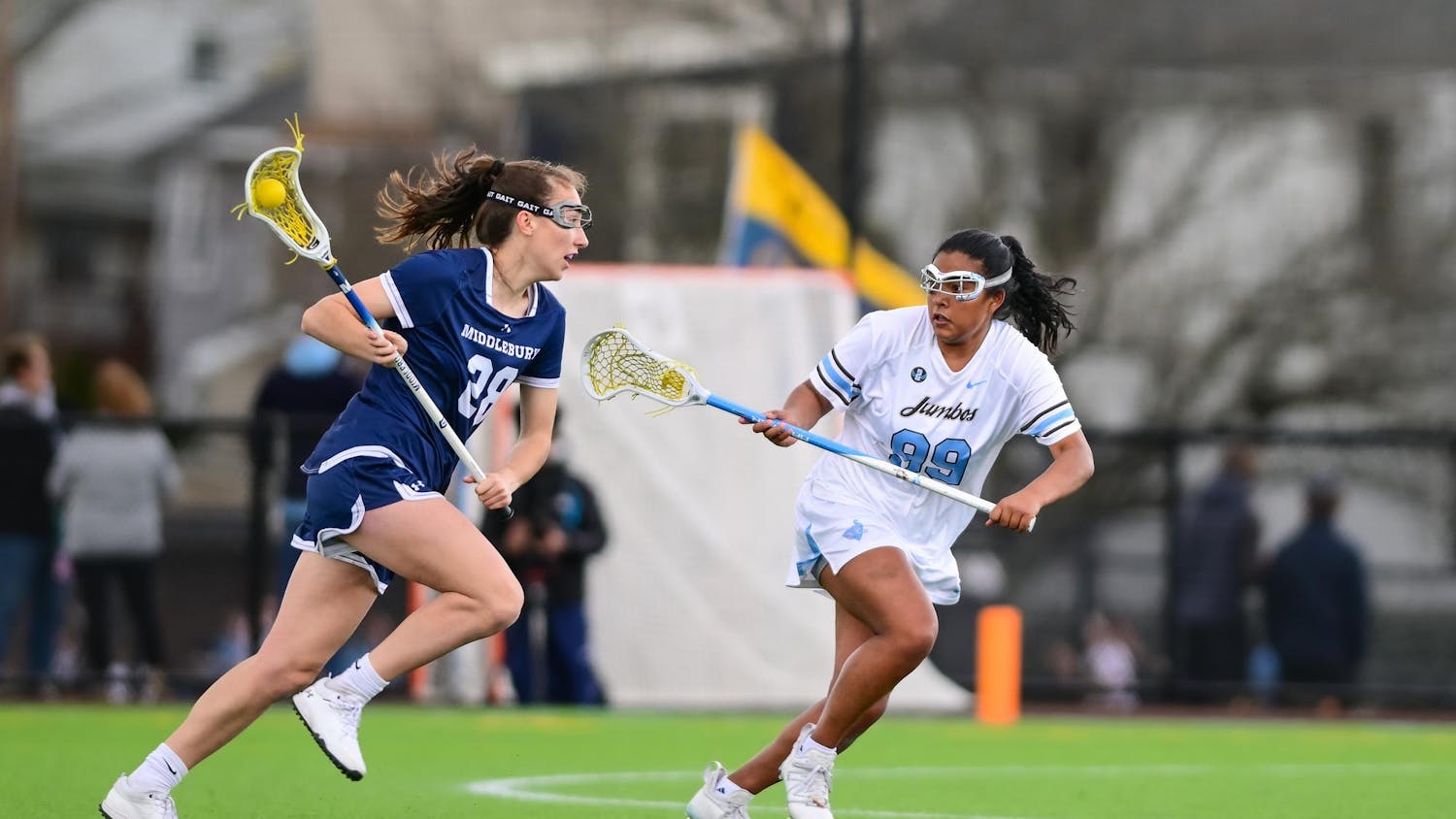Don't let the pretty costumes, dancing and prancing fool you: The figuring skating competition at the 2010 Vancouver Winter Olympics promises to be fierce.
Figure skaters compete in four possible categories: men's singles, ladies' singles, pairs and ice dance. Each category has its own specific frontrunner, as well as a few challengers who could unseat the expected winners. When the torch is lit on Friday, expect a heightened level of competition in all four.
In the men's division, there will be a fairly close showdown between Russia's Evgeni Plushenko and the reigning world champion, Evan Lysacek of Team USA. Plushenko won the gold medal for figure skating in 2006, after which he retired, leaving room for Lysacek to become the new favorite for the men's division this year.
Last October, however, Plushenko decided to return to the world of figure skating after a three−year layoff, and since then, he has dominated his competition, including the once−favored Lysacek. If Plushenko wins it all again, he will become the first man since Dick Button in 1952 to claim back−to−back gold medals.
For female figure skaters, the battle is pretty much won already. Nineteen−year−old South Korean Kim Yu−Na has outscored her competitors for almost the entire season this year, winning competition after competition, even when her nerves got the better of her. When it comes to Vancouver, there's Kim, and then there's the rest of the pack.
While Kim is the reigning world champion, she has recently made a few blunders, most notably two major errors at the Skate America competition in November, even though she went on to win, that allowed American Rachael Flatt to gain some significant ground. Flatt will be challenging Kim for the gold medal, along with Japan's Mao Asada and Miki Ando — both world champions in previous years themselves — and Canada's Joannie Rochette.
The pairs category is the only competition in which American figure skaters don't have much of a chance at scoring a gold or silver medal. The race boils down to the married Chinese team of Shen Xue and Zhao Hongbo and the Russian team of Yuko Kavaguti and Alexander Smirnov.
Shen and Zhao made their comeback this year after retiring two years ago to get married after winning the 2007 World Figure Skating Championships. Winners of the bronze medal in both Salt Lake City in 2002 and Turin, Italy in 2006, they have since become the team to beat, especially impressive since they're one of the oldest competing pairs, as both of them are in their 30s.
The last division, ice dance, is a combination of figure skating and ballroom dancing. Reigning world champs Oksana Domnina and Maxim Shabalin of Russia are expected to win, but a recent victory at the Grand Prix Final by Americans Meryl Davis and Charlie White have given the once−invincible Russian team something to worry about.
Also making a stand against the Russian team will be Canadians Tessa Virtue and Scott Moir, a young pair who only moved out of the Junior Division three years ago. Many Americans are also rooting once again for Tanith Belbin and Benjamin Agosto. With its silver−medal victory in Turin, the pair became the first American ice dancers to win a medal in 30 years, and now they'll pursue the top prize.
While the figure skating race may not be one in which Americans will dominate, the close races that have been building throughout the 2009−10 season are sure to make for interesting television.
For those who don't enjoy the monotonous rhythm of skiing or the nearly impossible−to−understand sport of curling, figure skating can provide a dazzling — yet daring and challenging — viewing experience. Vancouver should be no exception.





